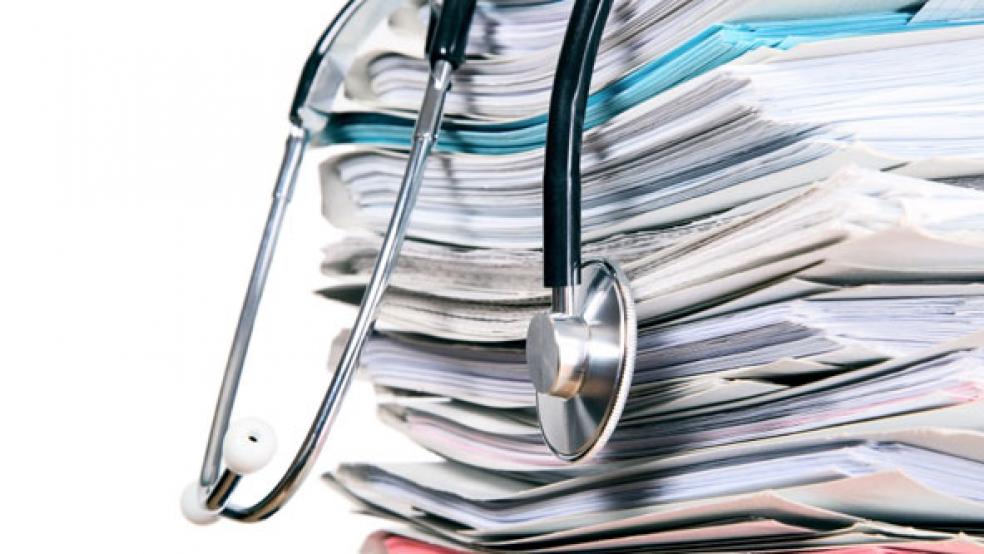The tax penalty for not having health coverage may be too low to entice middle-income Americans to buy insurance—potentially setting up lower-than-expected enrollment numbers in Obamacare’s federal and state exchanges.
That’s according to a new analysis by Avalere Health, which found that for people in the middle-income bracket, the tax penalties imposed by the Affordable Care Act for not having health care are far less expensive than the actual costs of obtaining coverage.
Related: Millions Could Face Surprise Obamacare Tax Penalty
Under the health law, Americans who did not have health coverage in 2014 are subject to a penalty of $95 or 1 percent of their income, whichever is greater. This year, that jumps to $325 or 2 percent of their income.
The entire idea of the tax penalty was to persuade people to buy health insurance. The Obama administration has estimated that 24 million people will sign up for coverage through the exchanges by 2019. However, the new study shows that some middle-income people might decide to forgo getting coverage and instead pay the penalty, since that option seems to be more affordable.
If that happens, it could mean that fewer people than expected will enroll in coverage—which could have potentially large implications for insurers, health plans and the law overall.
“Monthly health insurance premium costs are significantly greater than the individual mandate penalty for many potential exchange consumers in both 2014 and 2015 even after accounting for tax credit subsidies,” the report said.
“The penalty is never going to catch up to the costs of coverage for most people,” Avalere said to health care reporters on Friday.
Related: Obamacare Sign Ups Lose Momentum in State Exchanges
For example, health insurance for a 27-year-old earning an annual income of $46,000, or 400 percent of the FPL, would be about $1,639 in 2014. If that person opted not to get covered, he would owe $460 for that year.
“While the incremental cost of insurance becomes less significant as the mandate penalty grows, individuals earning more than double the poverty level may continue to forego coverage since paying the fine is still much more affordable than purchasing insurance,” Caroline Pearson, senior vice president at Avalere, told reporters at the Association of Health Care Journalists’ conference in Santa Clara, California.
Meanwhile, the study found that for lower-income people earning near the federal poverty level—they would actually save money by purchasing coverage instead of paying the fine, since they would likely qualify for a significant amount of subsidies.
“Insurance through exchanges is a good deal for individuals who are heavily subsidized, especially as the individual mandate penalty increases,” Pearson said.
Another challenge the administration is having with the individual mandate is making people aware of the penalty.
Last month, the Robert Wood Johnson Foundation and the Urban Institute released a study showing that of the uninsured population that filed a federal tax return this year, about 47 percent said they didn’t know anything at all or very little about the penalty.
The lack of awareness wasn’t surprising, since this was the first year the penalty took effect. Because of this, the administration granted a special enrollment period specifically for people who were unaware of the penalty. Now, people have until April 30 to sign up for coverage.
So far, the administration said about 68,000 people have participated in the special open-enrollment period.
The Treasury Department previously estimated that between 3 and 6 million people will likely be subject to the penalty this year.
Top Reads from The Fiscal Times:





